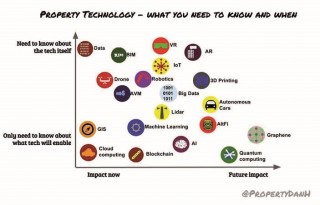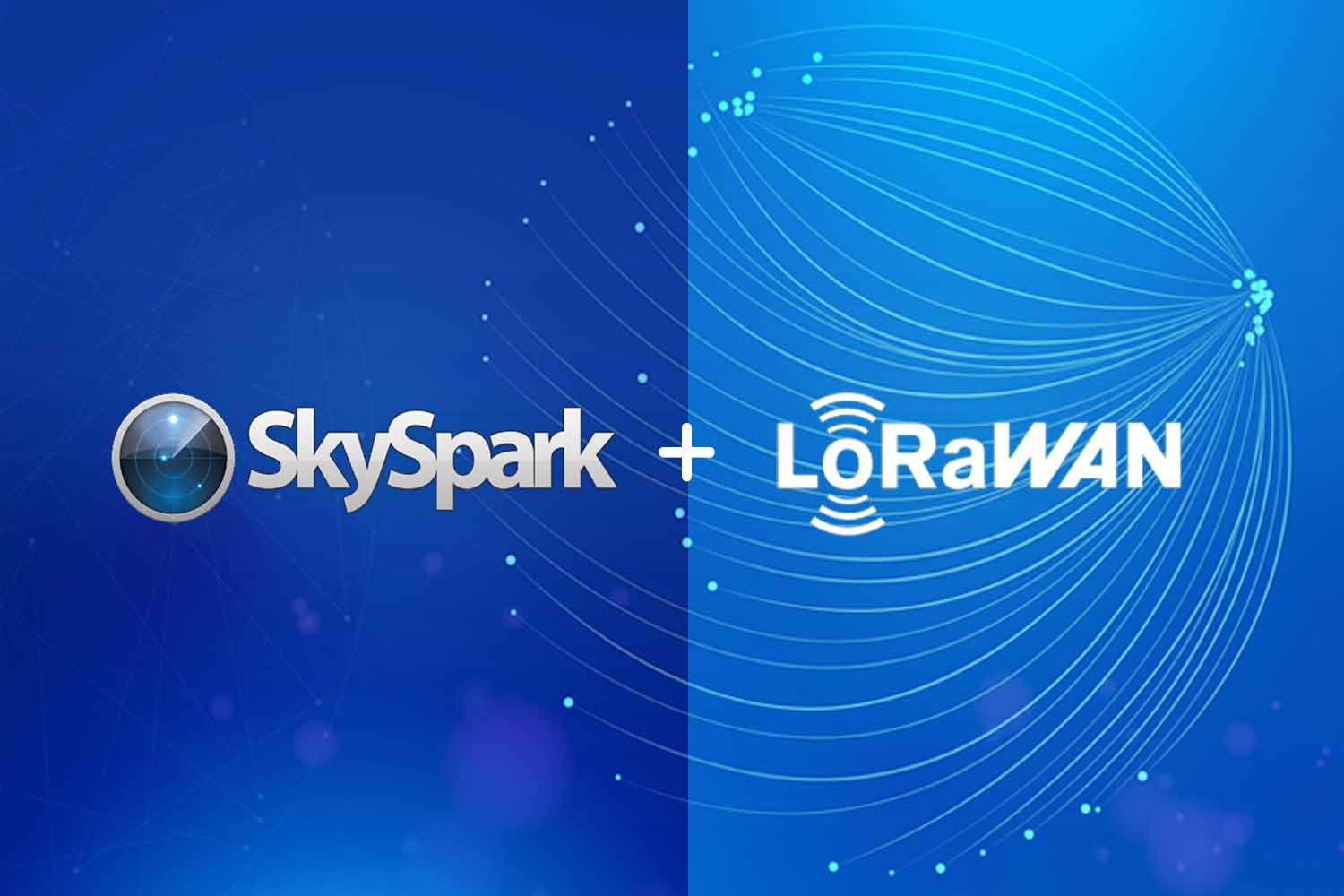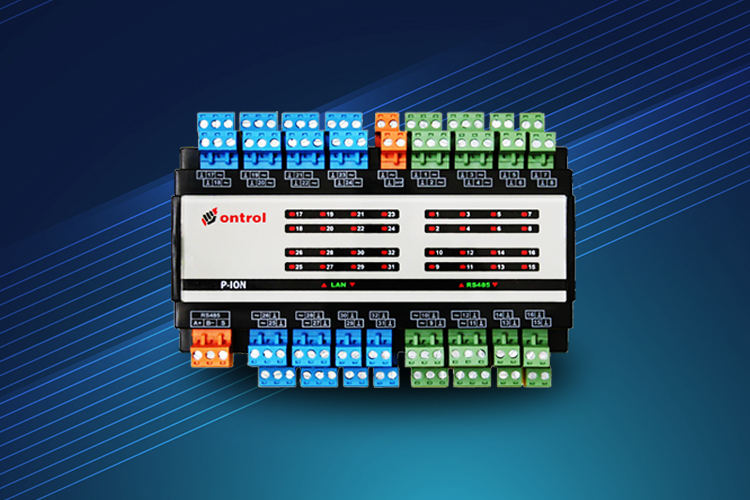There is a Mount Olympus-like battle over Machine Learning dominance happening among Tech Titans. Smart Buildings and the IoT exist in the weather created by that battle.

Google, Amazon and Facebook are in the midst of reinventing themselves as Machine Learning (ML) companies. In fact, they are in heated battle to be ML’s #1 contender. They’ve recognized that ML is the edge that they need to be the best in advertising, cars, consumer marketplaces or whatever other business they’d like to enter in the future.
ML algorithms have advantageous self-correcting behaviors that will be the best navigators of a digitized world. But, these come at the price of being more complex to understand and work with than, for example, rule-based analytics programs. And they require a continuous and ample supply of structured data to deliver any meaningful results.
When Amazon Invests $35 Million Into Nest Competitor Ecobee, we can be sure that it wants access to contextual data from home owners to better compete with Google in ML. But how about all of the other software and hardware developers in the Smart Buildings, Smart Grid, and Smart City markets that are now touting their ML capabilities? Can they make the claims of an Amazon or Google? The Machine Learning Club actually has very high barriers to entry, in terms of the data, patience and deep pockets required.
These factors make ML impractical for most Commercial & Industrial applications today, including Smart Building edge analytics. But that is no reason notto get started readying your buildings for Machine Learning right away. ML is coming and there is value to unleash just in being prepared. You can start by structuring all building design, construction, operations and maintenance activities around the concept of an IoT Platform that supports unobstructed data flow and simple feedback loops. The main building blocks will be edge controllers, cloud services and a library of powerful data analytics apps.
There is no technology more imperative to get right, right now, than data strategy. Dan Hughes, Director of Data and Information Products for the Royal Institute of Chartered Surveyors (RICS), just published this chart plotting what new technologies property managers should most concern themselves with and when. He too puts ‘data’ as the most important area of investment and attention. If you get this right, you’ll be poised to leverage more futuristic tech like ML when the time is right.
Machine Learning Defined and Located
To plot where we are right now on Machine Learning’s evolutionary curve, it is useful to remember how companies like Google, Facebook and Amazon took shape to begin with. Before you could have Google Spiders crawling the Worldwide Web, you needed to have the HTML language and a lot of people – ie, the Commons – structuring their information as HTML web pages. A big part of the Commons were product sellers, and Amazon trained its spiders on their particular structured data – product SKU’s, prices, etc.

Facebook focused on getting another segment of the Commons to give up their data to HTML publication and self-structuring. Today Facebook rules the friends & family social graph. In all cases, without a constant supply of data structured for free by users, there would have been no web for algorithms to crawl and no titan-sized companies emerging from the effort. Currently, the only part of the Commons structuring buildings-related data in HTML is the Project Haystack open source organization. It’s a hard-working community but cannot be compared to the armies of online product sellers that embraced the Amazon marketplace app or to all the ‘friends’ on Facebook.
In an article that bounced to the top of social news feeds tuned to Machine Learning this summer, The Business Implications of Machine Learning, Data Strategist Drew Breunig makes the point this way: “Machine Learning is only as good as its training data.” He goes on to define training data as “Data which has been tagged, categorized, or otherwise sorted by humans.” Though the author comes from the perspective of a data scientist focused on online advertising challenges, he lays out a universal framework for understanding the ML-transformed tech landscape of today and delves into the hardware, software and data implications. He explains the role of Reciprocal Data Applications (RDAs) –Facebook Photo, Amazon’s Alexa, Google-Nest OS. He makes a good case for why there is no near-term risk that one of these titans of ML will swallow up the building optimization market soon. 1) There is not enough of the
Commons creating training data to feed ML algorithms for optimizing typical commercial buildings. And 2) because each building needs to be uniquely modeled for ML, there is not enough money to be made in the effort.Published just on time to serve as illustration for this article, the Gartner Group has just released its 2016 Hype Cycle for Emerging Technologies. Machine Learning is at the very top of the curve, poised to dive into the Trough of Disillusionment.
Realm of the ML-Ready
A company with the size and might of Google is not bounded by others’ realities. In July, it released a story about how it is using Machine Learning algorithms to cut data center energy bills. Results from its first experiments with this include a 40 percent reduction in the amount of electricity needed for cooling. This is a real case study of ML success in HVAC. But, it is also a statement about why the approach is so out of reach for most Smart-Building app developers.
Google paid $600M to buy the Artificial Intelligence (AI) company that designed and led this project, and it expects to save hundreds of millions of dollars in energy costs yearly. Moreover, don’t expect Google to be commercializing the ML algorithms it used to achieve this success soon. Better Data Center Infrastructure Management (DCIM) is another way that it competes with Amazon as a Cloud Host, so it will protect that intellectual property. However, in the future, it will likely be getting into the business of Algorithms as a Service.
IBM is another big tech company positioning itself for leadership in ML. The IBM Watson IoT Platform is the flagship for this effort. (You will find ‘IoT Platforms’ category label about seven beads behind ML on the Gartner hype cycle.) The showcase examples of IBM Watson IoT are like this oil rig case study. The big money in natural resource extraction was sufficient motivation to pay for the pioneering data science. Also, in an industrial plant setting like an oil rig where just about all operations are already mission-critical and unpredictable humans inputs have been minimized, there are fewer what-if possibilities. As with the Google data center, this is fertile ground for ML. It’s also on the other end of the spectrum from a modern multi-story corporate or institutional building.The takeaway lessons from these first case studies are that you should ask three questions before considering ML for buildings optimization:
Most Smart Buildings applications wouldn’t be above the bar set by these practical criteria. So the building automation industry at large isn’t really ready for Google, Amazon, or IBM-style ML today. So don’t look to them for a Smart Buildings Reciprocal Data Application (RDA) that will spin up like a tornado inspiring knowledgeable people to donate training data.
Readying Your Buildings for ML
Recognizing that it is the lack of structured HTML data – ie, a web for an algorithmic spider to crawl – that is holding back ML in Smart Buildings, the question is how will that web be built. Scott Muench of J2 Innovations in his July article, The Strategy and Payoffs of Meta-Data Tagging, explains all the benefits possible when a building operator insists on open, industry-standard systematic tagging and data modeling. These are harvestable even before building operators consider the head-start they will have in the deployment of ML.
These advantages will encourage the construction of a communal semantic web of buildings. All the buildings professions will start to contribute. According to Muench, “Requirements will be written into specifications to the effect that all vendors of equipment, meters, other building-connected devices and software adhere to standard tagging and modeling conventions. Every device or piece of software will be delivered with a zip file containing Haystack-compliant data models.”
BASSG’s Edge Analytics Controller is the first BAS edge device that already has Haystack functionality built into its software stack.Once whole buildings, even whole cities, are modeled in a semantic web system like Project Haystack, buildings data scientists (a new profession) can take over, knowing the training data needed to support ML algorithms is there. Like successful pattern-recognition analytics today–for example, SkySpark from SkyFoundry—ML spiders will be built to look for situations with known patterns that can be expressed as variables in a complex algorithm. They will collect the necessary data, grabbing all the points involved from the zone, multizone, whole building, whole campus levels—whatever the scope involves.
As long as they are working on current reliable data, they will return impressive results.You will know when Machine Learning becomes a reality in your building when computers, rather than engineers, start making decisions. For example, today data analytics programs regularly crunch building operational data looking for faults and anomalies and generating alerts and alarms.
An engineer looks at that data, makes some decisions about it, and possibly takes some actions, like replacing a chiller. In the era of ML, you would start with a question “Do we need a new chiller?” Then you would give the algorithm the data set and it will tell you what to do.
As Google and many other data center operators have already found out, the ML approach to infrastructure management pays off. They are constantly adding and swapping servers with changing power, thermal, downtime risk and cost implications. DCIM is definitely an early market for the type of decision support that ML algorithms provide.
Building equipment manufacturers are also positioned to take early advantage of ML. There has been a growing trend to incorporate sensors and telematics (in other words, the IoT) into maintenance and service contracts. Collecting and sending operational data to factory technicians for remote monitoring improves preventive maintenance, helps to avoid warranty disputes, and opens the door to more flexible pay-for-performance pricing models. Applying ML algorithms to the collective data for a particular make and model AHU, for example, is a natural next step. The investment in algorithm development makes financial sense when it can optimize thousands of AHUs.
As previously stated, ML leaders will soon be getting into the Algorithms as a Service business. Pivots and advancements happen fast in the modern-day Mount Olympus settings like Google and Amazon research environments. The Artificial Intelligence (AI) unit known as Deep Mind that led the Google data center ML project has already been merged into TensorFlow, an open source software library for Machine Learning launched and curated by the Google Brain team. Resources like TensorFlow will make access to the latest AI methods and data science talent more affordable. Of course, to take advantage of these services for building optimization, you will still need to start with fully tagged building assets. Again, owner/operators that get started today on this will be among the first to be able to leverage Machine Learning to gain competitive advantage in their own businesses tomorrow.



